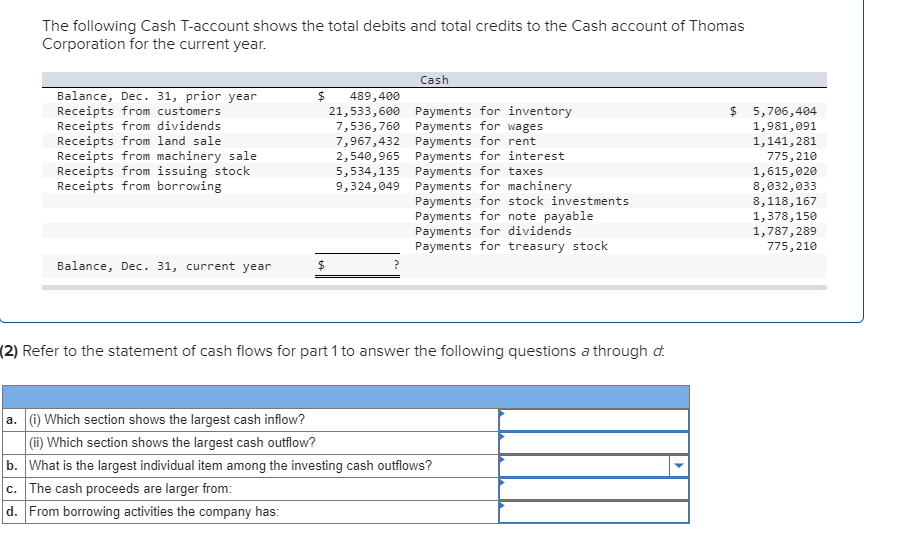
Now that you know about the difference between debit and credit and the types of accounts they can impact, let’s look at a few debit and credit examples. So, how does this whole “equal but opposite” transaction thing work with debits and credits? Here’s a basic example of how you would record debits and credits as a journal entry: DateĪgain, equal but opposite means if you increase one account, you need to decrease the other account and vice versa. Check out our chart below to see how each account is affected: Revenue/Income: Money your business earns.Īccounting credits and debits affect each account differently.Equity: Your assets minus your liabilities.Liabilities: Amounts your business owes (e.g., accounts payable).Expenses: Costs that occur during business operations (e.g., wages and supplies).Assets: Physical or non-physical types of property that add value to your business (e.g., land, equipment, and cash).When recording transactions in your books, you use different accounts depending on the type of transaction. This is considered double-entry bookkeeping. When you record debits and credits, make two or more entries for every transaction. Record accounting debits and credits for each business transaction. Start My Self-guided Demo! Credit and debit accounts Using the same example from above, record the corresponding credit for the purchase of a new computer by crediting your expense account. It either increases equity, liability, or revenue accounts or decreases an asset or expense account (aka the opposite of a debit). On the other hand, a credit (CR) is an entry made on the right side of an account. For example, you debit the purchase of a new computer by entering it on the left side of your asset account. It either increases an asset or expense account or decreases equity, liability, or revenue accounts (you’ll learn more about these accounts later). DebitĪ debit (DR) is an entry made on the left side of an account. If a debit increases an account, you must decrease the opposite account with a credit. creditĭebits and credits are equal but opposite entries in your books.
#T ACCOUNT DEBIT CREDIT FULL#
So, what is the difference between debit and credit in accounting? Get the full scoop below. And when you record said transactions, credits and debits come into play. Part of your role as a business is recording transactions in your small business accounting books. What are debits and credits in accounting? To get to know debits and credits in accounting like the back of your hand, keep reading. Otherwise, your books will wind up unbalanced and sloppy (and no business owner wants that!). To keep accurate books, you need to learn and understand the difference between a credit vs. If you can grasp these three points, you're well on your way to understanding the mechanics of accounting.In accounting, there’s one thing you can’t ignore: how debits and credits work. And third, debits must always equal credits for every transaction. Second, for every transaction, there must be at least one debit and one credit. First, debits are always added on the left side of an account, and credits on the right side. To understand why this is, keep in mind three basic facts regarding double entry accounting. If for every transaction debits equal credits, then the accounting equation will always balance. Debits and credits allow us to take a shortcut to ensure that the accounting equation always balances.

If you fully grasp the meaning of these two equalities, you are well on your way to mastering the mechanics of accounting or learning the language of accounting. In addition to assets equaling liabilities and owner's equity, debits should always equal credits. As a result, liabilities and owner's equity accounts will typically have credit balances. They are decreased by debits and increased by credits. Now, the opposite relationship is true for liability and owner's equity accounts. That is, their balance will typically be on the left side of the T account. Asset accounts will usually have debit balances. Since we expect the total increases in cash to be greater than the decreases, the cash account will usually have a debit balance after accounting for all transactions. To decrease the cash account, we credit it. For example, to increase the cash account, we debit it.

By convention, for asset accounts, debits refer to increases.

Now, in addition to representing the left and right side of an account, the terms debit and credit take on additional meaning when coupled with specific accounts. Instead of using the terms left and right to indicate which side of a T account is affected, terms unique to accounting were developed: debit, abbreviated DR, is used to indicate the left side of the T account, and credit, abbreviated CR, is used to indicate the right side of a T account.


 0 kommentar(er)
0 kommentar(er)
